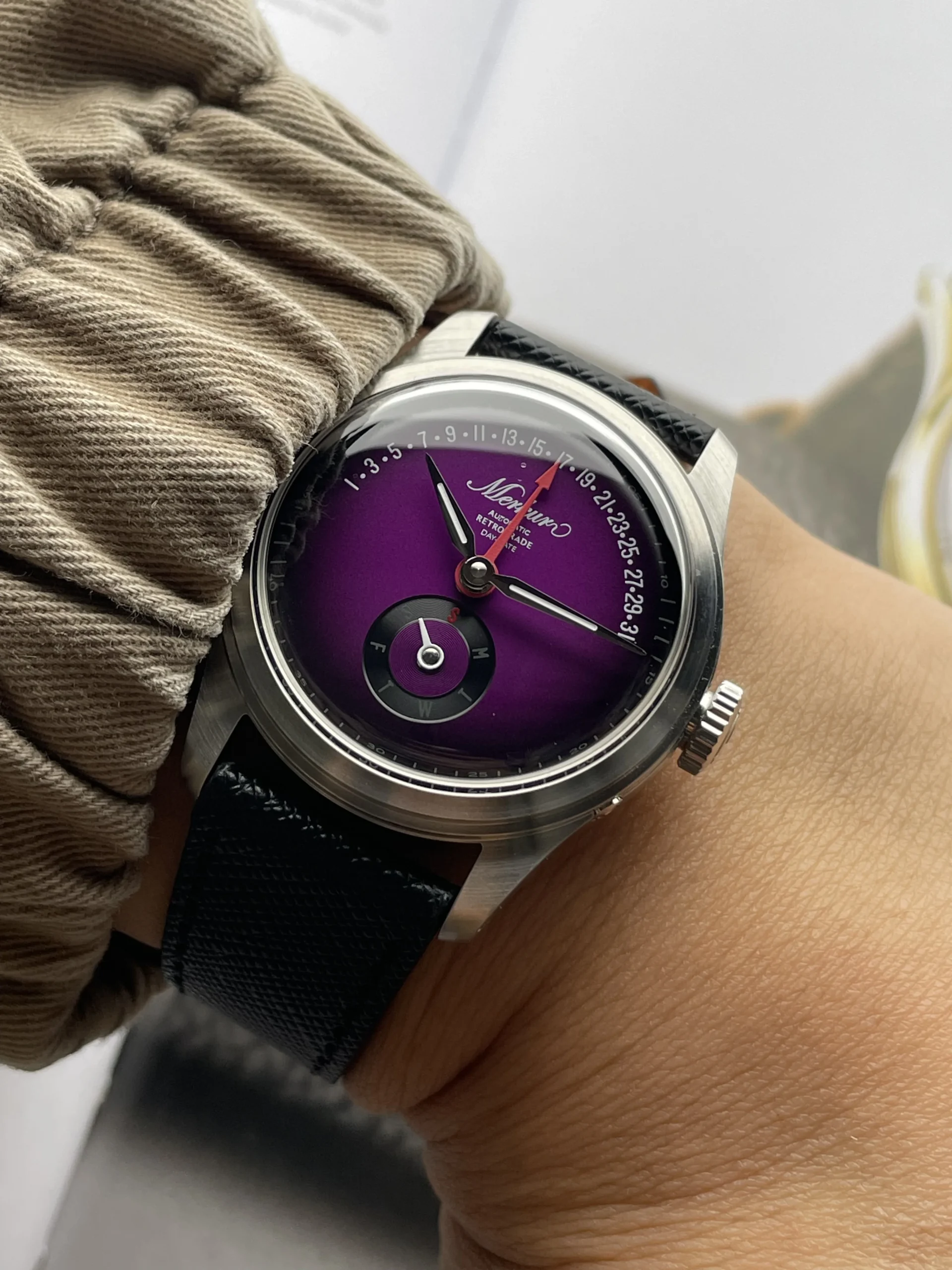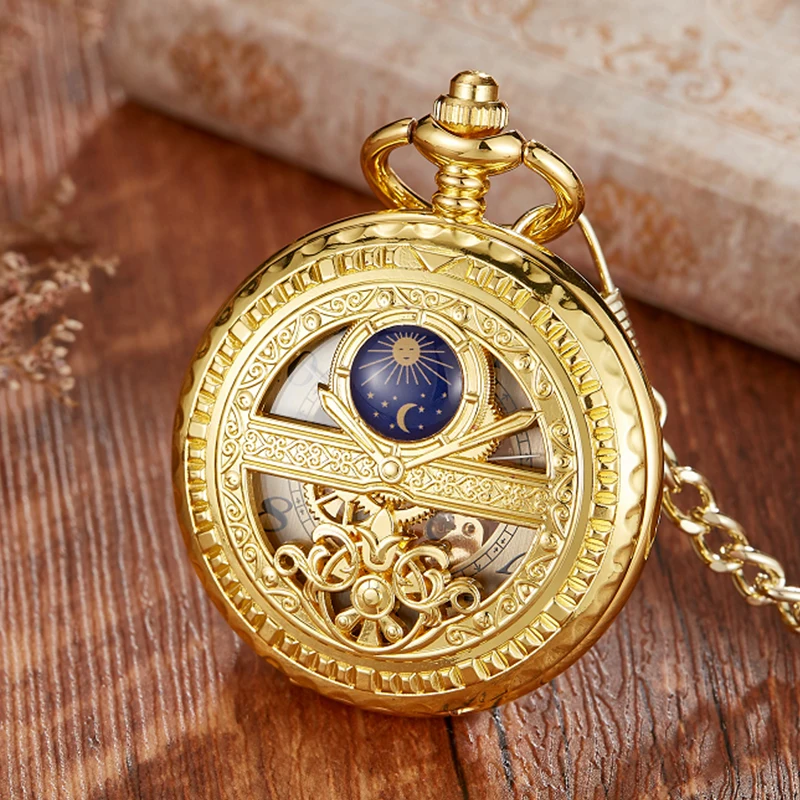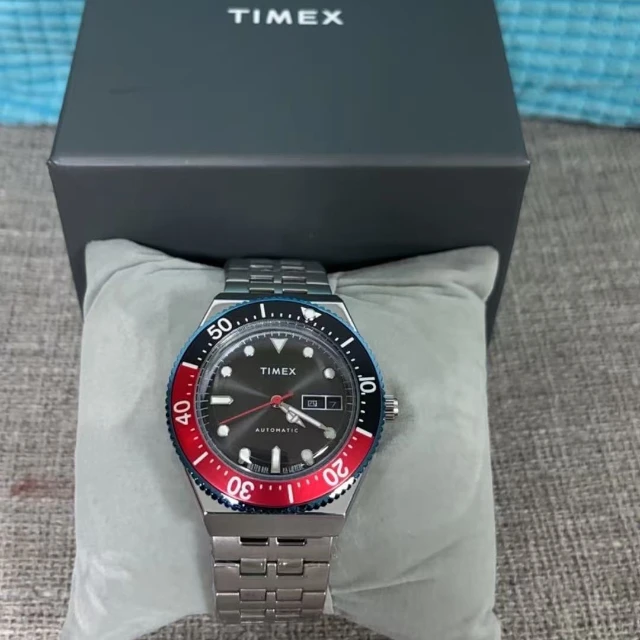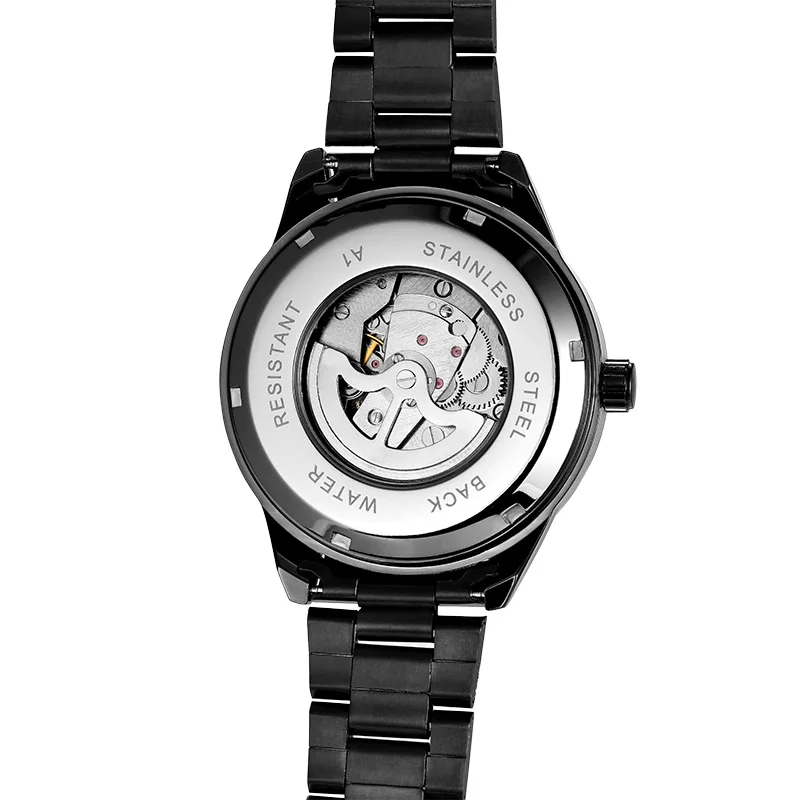Introduction: The Artistry of Tracking Time on Your Wrist
In the world of fine timepieces, a “complication” isn’t a problem—it’s a feature that goes beyond simple timekeeping. While a basic watch tells you the current time, complications add functionality and, quite often, a touch of magic to your wristwatch. Among these extras, calendar complications stand as some of the most practical and visually appealing additions to mechanical watches.
Calendar complications represent an elegant merger of art and precision engineering. They range from simple date displays to incredibly complex perpetual calendars that can track leap years without adjustment for decades. For enthusiasts and collectors alike, understanding these mechanisms offers a deeper appreciation for the craftsmanship that goes into these miniature marvels.
This guide will walk you through the hierarchy of calendar complications, from the most basic date window to the rarified air of perpetual calendars and beyond. We’ll explore how they work, their practical benefits, and why they continue to captivate watch lovers in our digital age. The development of these mechanisms represents centuries of history-dive watch engineering, each complication telling a story of human ingenuity.
The Simple Date Display: Where Calendar Complications Begin
The date display represents the entry point into the world of calendar complications. This basic yet essential function shows the current day of the month (1-31) and comes in several distinctive presentations:
- Date Window: The most common format, typically positioned at 3 o’clock, showing the current date through a small aperture in the dial
- Pointer Date: Uses a dedicated hand with an arrow tip that points to dates arranged around the perimeter of the dial
- Big Date: Features an enlarged date display for improved readability, often using two separate discs for tens and units
The mechanics behind even this simple complication are fascinating. Inside the watch, a date disc with 31 numbers advances once every 24 hours, typically making its jump around midnight. This movement is driven by the main timekeeping gear train through a series of reduction gears and a sprung mechanism that creates the instantaneous jump.
Despite its simplicity, the basic date mechanism has one limitation: it doesn’t know which months have fewer than 31 days. This means the wearer must manually adjust the date five times per year (at the end of February, April, June, September, and November).
Many enthusiasts appreciate the functionality of day-date automatic watches for their perfect balance of practicality and mechanical charm.
Day-Date: Adding the Day of the Week
Building upon the date function, the day-date complication adds another layer of practicality by displaying the current day of the week alongside the date. This dual-function complication represents the first step up in calendar complexity.
In typical day-date watches, the day display often appears in an additional window, frequently positioned at 12 o’clock or alongside the date window. Some models incorporate both pieces of information in a single aperture, while others utilize pointer systems for an elegant presentation.
Mechanically, the day-date builds directly on the date mechanism with an additional disc for the days of the week. This disc makes a complete rotation once every seven days, working in harmony with the date disc. Like the basic date function, the day-date requires manual adjustment for months with fewer than 31 days, and after any period when the watch hasn’t been worn.
Understanding how day-date complications work reveals the clever engineering that creates this seamless integration of multiple calendar elements. For many watch enthusiasts, the day-date represents the perfect balance of functionality and mechanical simplicity, providing useful information without unnecessary complexity.
Triple Calendar: Day, Date, and Month at a Glance
The triple calendar, sometimes called a complete calendar, takes calendar functionality to the next level by displaying the day, date, and month together. This comprehensive view of the calendar gives wearers a complete picture of where they stand in the monthly cycle.
Triple calendars typically display their information through a combination of windows and subdials. Common arrangements include:
– Day and month in windows at the top of the dial
– Date displayed via a pointer hand around the perimeter
– Alternatively, all three elements shown through separate windows
While visually impressive, triple calendars require the same manual adjustments as simpler calendars – five times yearly for months with fewer than 31 days. This distinguishes them from the more sophisticated annual and perpetual calendars we’ll explore next.
Triple calendar complications are often paired with moonphase indicators, creating watches that track both civil and astronomical time. These elegant combinations have deep historical roots, reflecting humanity’s ancient connection to both calendar systems and lunar cycles. For those interested in these celestial complications, moonphase automatic watches offer beautiful examples of this traditional pairing.
Annual Calendar: The Intelligent Timekeeper
The annual calendar represents a significant leap in mechanical intelligence. Unlike simpler calendar watches, this sophisticated complication can distinguish between months with 30 and 31 days, requiring adjustment only once per year – at the end of February.
This remarkable feat is accomplished through a complex system of gears, cams, and levers that essentially function as a mechanical memory, “knowing” the varying lengths of different months. The mechanism uses carefully designed mechanical fingers that read month-specific cams to determine whether to skip the 31st day or not.
For the wearer, the practical advantage is clear – instead of five annual adjustments, you’ll need just one. The watch automatically transitions correctly from January to February, March to April, and so forth, only requiring intervention when February changes to March.
Annual calendars occupy a sweet spot in the calendar complication hierarchy. They offer significantly more convenience than triple calendars while being more affordable and slightly less complex than perpetual calendars. Their development represents an important milestone in the evolution of dive watch technology, demonstrating how precision engineering continues to evolve in horology.

Perpetual Calendar: The Pinnacle of Mechanical Memory
The perpetual calendar stands as horological royalty – the most sophisticated and impressive of all calendar complications. Unlike any previous calendar type, the perpetual calendar correctly adjusts for all month lengths, including February in leap years, requiring no manual correction until the year 2100.
This extraordinary mechanical “brain” operates on a 48-month cycle, incorporating all the variations needed to track our irregular calendar system. Inside the watch, an intricate system of cams, levers, and springs works in concert to:
- Track months of different lengths (30 vs 31 days)
- Handle February’s unique 28-day cycle
- Account for leap years when February has 29 days
- Automatically adjust all displays accordingly
The only limitation occurs in century years not divisible by 400 (like 2100), which aren’t leap years despite being divisible by 4. This quirk in the Gregorian calendar system means that even perpetual calendars will need adjustment in 2100 – though most of today’s watches won’t be in active service by then!
Setting a perpetual calendar requires care, as the interconnected mechanisms are delicate. Most perpetuals come with specialized tools and require attention to the proper sequence of adjustments. The incredible engineering behind these timepieces is reflected in their status, craftsmanship, and value – they represent the pinnacle of mechanical watchmaking art.
For those captivated by these horological marvels, exploring our collection of perpetual calendar automatic watches reveals the beauty of these sophisticated timepieces.
Beyond the Perpetual: Specialized Calendar Complications
For those venturing into the rarest territory of horological achievement, a few calendar complications extend even beyond the impressive perpetual calendar.
The secular calendar (or “eternal” calendar) represents the ultimate in mechanical calendar memory. These exceedingly rare complications account for the century year exception to the leap year rule, correctly adjusting for the year 2100 and beyond without manual intervention. Only a handful of watchmakers have ever created such mechanisms, representing the absolute frontier of mechanical ingenuity.
The equation of time complication, while not strictly a calendar function, complements calendar displays by showing the difference between “apparent solar time” (what a sundial would show) and “mean solar time” (the standardized 24-hour day). This difference varies throughout the year due to the Earth’s elliptical orbit and axial tilt.
Other specialized calendar-adjacent complications include week number indicators, tide indicators based on lunar cycles, and various astronomical displays. These functions highlight the historical connection between timekeeping and natural cycles, reflecting how the moonphase complication accuracy explained relates to these sophisticated calendar systems.

Comparing Calendar Complications: A Practical Guide
When considering calendar complications, understanding their relative features, requirements, and value propositions helps inform both collection and everyday wear decisions:
| Complication Type | Information Displayed | Adjustment Frequency | Relative Complexity | Typical Price Range |
|---|---|---|---|---|
| Simple Date | Day of month | 5 times yearly | Low | $ – $$ |
| Day-Date | Day of week + date | 5 times yearly | Low-Medium | $ – $$ |
| Triple Calendar | Day, date, month | 5 times yearly | Medium | $$ – $$$ |
| Annual Calendar | Date, month (knows 30/31 days) | Once yearly (February) | Medium-High | $$$ – $$$$ |
| Perpetual Calendar | Date, month, leap years | Once per century | Very High | $$$$ – $$$$$ |
For daily wear, simpler calendar complications offer greater robustness and easier setting procedures. The date and day-date functions provide practical information without the delicacy or expense of higher complications.
From a collector’s perspective, annual and perpetual calendars represent significant horological achievements worthy of appreciation. Their complex mechanics and refined execution often come with premium positioning from prestigious brands.
Whether you’re just beginning your watch journey or expanding your collection, understanding these distinctions helps in selecting the right watch for your needs. Explore our collection of automatic watches to find timepieces with various calendar complications.
Classic Automatic Dress Watches, Day Date Automatic Watches, Perpetual Calendar Automatic Watches
Price range: $540.60 through $574.60 Select options This product has multiple variants. The options may be chosen on the product pageAutomatic Chronograph Watches, Chronograph Pilot Watches
Price range: $233.36 through $237.58 Select options This product has multiple variants. The options may be chosen on the product pageClassic Automatic Dress Watches, GMT Automatic Watches, GMT Pilot Watches
Price range: $1,240.86 through $1,463.33 Select options This product has multiple variants. The options may be chosen on the product pageAutomatic Chronograph Watches, Classic Style Dive Watches
$3,053.06 Select options This product has multiple variants. The options may be chosen on the product pageAutomatic Skeleton Watches, Open Heart Automatic Watches
$98.36 Select options This product has multiple variants. The options may be chosen on the product pageBronze Automatic Watches, Military Inspired Automatic Watches, Professional Spec Dive Watches
Price range: $1,442.21 through $1,442.82 Select options This product has multiple variants. The options may be chosen on the product page
The Engineering Marvel: How Calendar Mechanisms Work
The materials and construction techniques used in calendar mechanisms highlight the extraordinary precision of mechanical watchmaking. Components often measure mere tenths of a millimeter, manufactured to tolerances invisible to the naked eye. Traditional watchmakers craft these parts from brass, steel, and specialized alloys, with surfaces carefully polished and treated to reduce friction.
The history of calendar complications reveals a fascinating evolution of problem-solving. Early calendar watches required daily adjustment, while each successive innovation addressed limitations of previous designs. Key breakthroughs came in the 19th and 20th centuries, with perpetual calendars becoming more reliable and eventually compact enough for wristwatches.
What makes mechanical calendars continually fascinating in our digital age is their achievement of complex calculations through purely physical means. Unlike electronic displays, these mechanical marvels operate through an elegant dance of gears, springs, and levers—no programming, no batteries, just ingenious physical design following the timeline of diving watch innovations that have shaped precision timepieces throughout history.

Essential Care for Calendar Watches
To ensure the longevity and proper functioning of your calendar watch:
- Avoid setting calendar functions between approximately 9PM and 3AM when the date change mechanism is engaged
- Always wind your watch before making calendar adjustments
- Use the correct sequence when setting multiple calendar functions
- Follow the manufacturer’s instructions precisely when making adjustments
- Have complex calendar watches serviced regularly by qualified watchmakers
- Consider a quality watch winder for perpetual calendars to avoid lengthy reset procedures
These careful practices protect the delicate mechanisms inside your timepiece. For traditional timepieces requiring special attention, our collection of manual wind watches showcases the craftsmanship that deserves such thoughtful care.
The Collector’s Perspective: Why Calendar Complications Matter
Calendar complications hold particular significance in horological history. Since ancient times, tracking the calendar has been fundamental to human civilization, making these mechanisms among the oldest and most culturally important complications in watchmaking.
These complications represent a physical connection to astronomical observation and timekeeping traditions dating back thousands of years. When you look at a perpetual calendar watch, you’re seeing the culmination of centuries of human effort to track time’s passage with precision and beauty.
For collectors, calendar complications offer compelling value beyond their practical function. They represent mechanical achievement, historical significance, and artistic merit in equal measure. Even in our digital era, the romance of seeing a perpetual calendar correctly click over to leap day on February 29th remains unmatched by any smartphone notification.
The relationship between calendar functions and other astronomical features creates fascinating combinations for collectors to explore. Understanding how moonphase complications work alongside calendar functions reveals the deep interconnection between different aspects of horological art.
Key Glossary: Understanding Calendar Complication Terminology
Annual Calendar: A complication that automatically adjusts for months with 30 or 31 days, requiring manual correction only once per year (February to March).
Bissextile Year: Another term for leap year, when February has 29 days.
Complete Calendar: Another term for triple calendar, showing day, date, and month.
Date Disc: The rotating wheel inside the watch that displays the date through an aperture or window.
Gregorian Calendar: The standard civil calendar used worldwide, with specific leap year rules that perpetual calendars are designed to follow.
Instantaneous Jump: A feature where the date changes precisely at midnight rather than gradually over hours.
Leap Year Cycle: The four-year pattern that perpetual calendars track to determine when February should have 29 days.
Moonphase: An astronomical complication often paired with calendars, showing the current phase of the moon.
Perpetual Calendar: A complication that automatically adjusts for all month lengths and leap years until 2100.
Pointer Date: A calendar display using a dedicated hand rather than a window.
Quickset: A feature allowing adjustment of calendar functions without cycling the main hands through 24 hours.
Secular Calendar: An ultra-rare complication that correctly accounts for the century year exception to the leap year rule.







